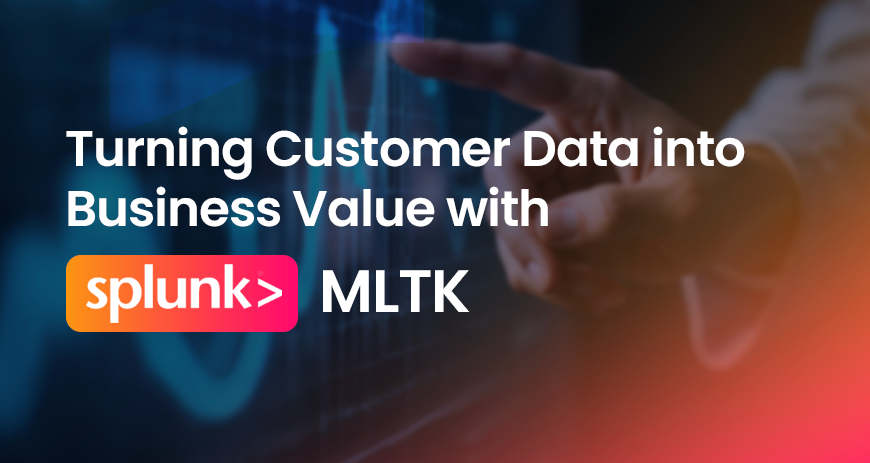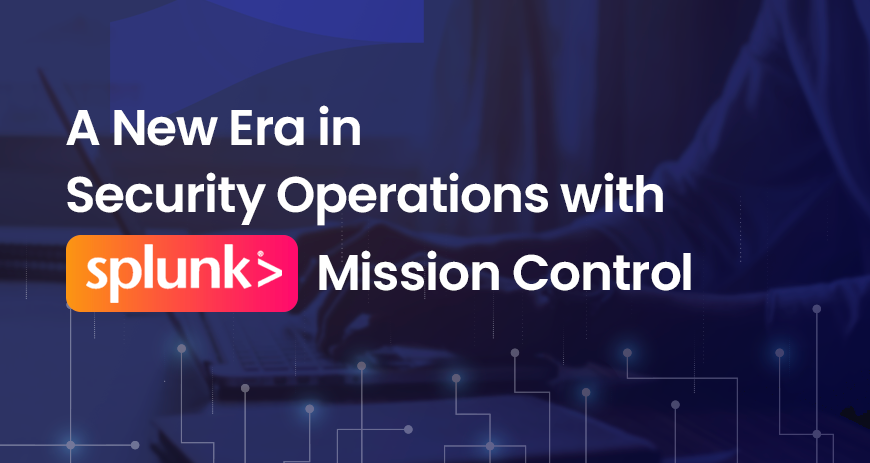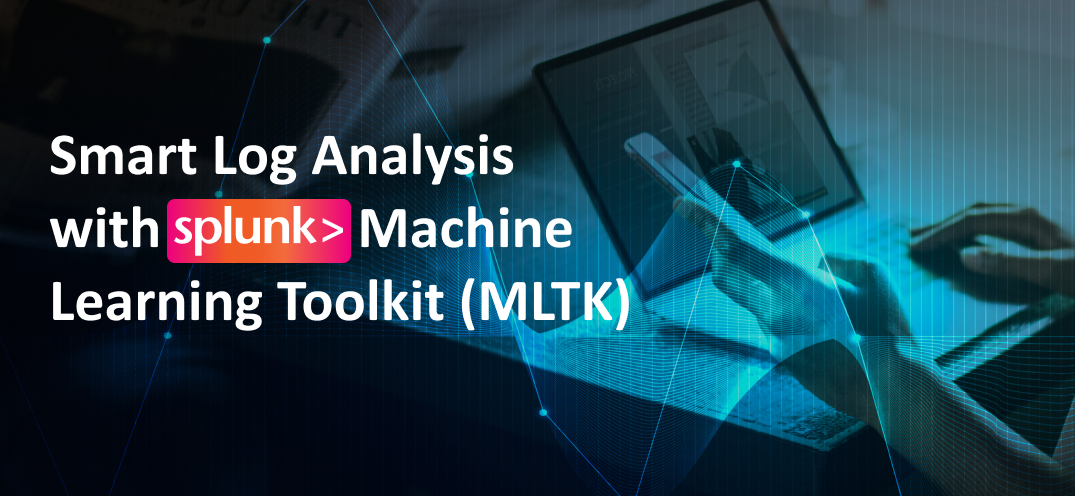What Do Backup and Application Mobility for Your Kubernetes Environments Provide?
27 Oct 2022
With technological advancements in IT infrastructure, microservice-based applications are evolving into Kubernetes platforms, bringing revolutionary features to traditional monolithic virtualization approaches that are still in use today. As organizations adopt container-based approaches, IT operations have become more agile and efficient through the integration of DevOps and ITops teams.
Applications developed with artificial intelligence and machine learning, expanded and adapted in container-based platforms, have elevated data to a critical position for all organizations. In light of these technological advancements, organizations now face strict audits to ensure their data is protected against various cyberattacks or unexpected outages.
Operational teams are now required to support their infrastructures and applications containing relational and NoSQL databases — encompassing traditional, virtual, and containerized workloads — in cloud-native environments.
Deployments in Kubernetes environments must be capable of integrating with local data centers, various cloud environments, data storage vendors, and their respective solutions. The data management solution must focus on the needs of both operators and software developers and be capable of adapting to continuously evolving environments.
Unlike previous infrastructure solutions, Kubernetes deployments have brought significant changes to the nature of IT. Accordingly, Kubernetes deployments now require data protection techniques that understand the nature of container architecture — defined as Kubernetes-native backup.

7 Critical Considerations for Backing Up Kubernetes Environments
- Kubernetes Deployment Model: Unlike traditional architectures, Kubernetes deployments are not mapped to servers or virtual machines. Therefore, the chosen backup solution must effectively understand the nature of rapidly changing Kubernetes-native environments.
- DevOps and Shift-left: The rapid application development cycle is a standard in Kubernetes environments. Hence, the backup software should be application-centric rather than infrastructure-centric.
- Kubernetes Operator Challenges: IT teams require operational processes to be easy to use. Therefore, the backup solution must provide integrated CLI access and API-supported dashboards.
- Application Scalability: Kubernetes-based microservice approaches consist of hundreds of independent components and cycles visible only to Kubernetes. To maintain consistent operations across such diverse components and cycles, it is essential to back up these components.
- Protection Gaps: In cases of data corruption and unexpected data loss, these scenarios can be managed with high availability and replication solutions. A backup solution that operates transparently in the background, independent of different applications, is crucial to prevent such scenarios.
- Security: Kubernetes security features restrict access to internal application components. Additionally, unauthorized access to data services within or outside the cluster must be prevented. With an advanced backup solution, a consistent process can be established for security operations.
- Ecosystem Integration: Multi-data services usage by the same application is a characteristic of Kubernetes deployments. A backup solution that can work in harmony with cloud-native infrastructures and capture application requirements alongside workload flows is vital for organizations.
Data management principles in container-based environments used by IT organizations have made an advanced backup solution compatible with all Kubernetes environments a critical requirement. Kasten K10 is designed specifically for this purpose in Kubernetes. It provides enterprise operations teams with a user-friendly, scalable, and secure system for backup, restore, disaster recovery, and application mobility for Kubernetes applications.
Based on the features mentioned above, when evaluating Veeam usage scenarios, the following key areas emerge: Backup and Restore, Disaster Recovery, and Application Mobility.
- Backup and Restore:
- Veeam enables the automatic capture and protection of the entire application stack, including resource definitions, configurations, and underlying data.
- Through dynamic policies assigned to automatically discovered applications, backups can be managed in a scalable manner, data management compliance can be monitored, and corrective actions can be easily applied.
- When volume-level protection is insufficient, it is also possible to extend the workflow with the Kanister schema to apply application-specific operations.
- Disaster Recovery:
- Enables planning through RTO and RPO values required by business requirements and provides scheduling and on-demand flow options specific to applications.
- When a new application export is in question, it automatically imports changes into the disaster recovery cluster and restores the latest versions.
- The Disaster Recovery function offers the option to extend the workflow with the Kanister schema to perform application-specific operations when volume-level protection is insufficient.
- Application Mobility:
- Eliminates the need for custom scripting by tightly scheduling applications, configuring them based on business requirements, and allowing the monitoring of workflows from the Kasten interface.
- With Veeam, application version transitions, infrastructure changes, load balancing, and test/automation requirements are seamlessly managed through data transformation across infrastructure formats; migration processes between different public or private cloud infrastructures are made reliable and fast.





